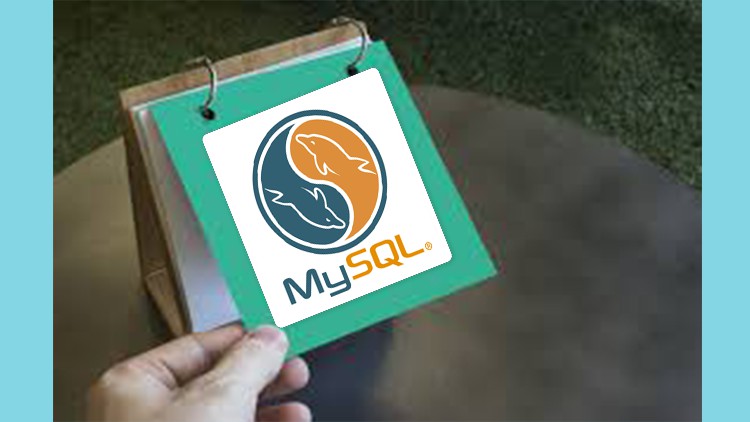
best practice Tests for MySQL Database Administrator Certification 2021
What you will learn
Practice Tests for Database Administrator Certification
Practice tips for Database Administrator Certification
Practice same Exam for Database Administrator Certification
Discover all tricks in exam certification
Description
Candidates for the MySQL Database Administrator exam are DBAs and developers who want to administer MySQL. After earning this certification, candidates may fit into one of the following job roles: database administrators, database architects, developers, IT managers, security administrators, or web administrators.
This exam measures the following skills*:
Installing MySQL
Configuring MySQL
User management
Maintaining a stable system
Backup strategies
MySQL architecture
Monitoring MySQL
MySQL security
Optimizing query performance
Configuring a replication topology
topics
Architecture
- Configure client connections to the server
- Understand how MySQL stores data
- Understand how InnoDB stores data and logs
- Configure buffers and caches
- Understand and use the Data Dictionary
Server Installation and Configuration
- Install and use the MySQL server and client programs
- Identify the files and folders created during installation
- Start and stop MySQL
- Upgrade MySQL
- Configure MySQL by using options and option files
- Configure MySQL variables
- Launch multiple MySQL servers on the same host
Security
- Create user accounts and roles
- Use authentication plug-ins
- Control user and role permissions
- Recognize common security risks
- Secure MySQL server connections
- Provide password and login security
- Secure the MySQL host environment
- Prevent SQL injection attacks
- Encrypt MySQL data
- Configure MySQL Enterprise Firewall
Monitoring and Maintenance
- Configure and view MySQL log files
- Monitor MySQL processes and status
- Configure MySQL Enterprise Audit
- Use MySQL Enterprise Monitor to view activity in MySQL
- Monitor database growth and explain capacity planning
- Troubleshoot problems with locked resources
Query Optimization
- Examine how MySQL optimizes queries
- Analyze queries with MySQL Enterprise Monitor
- Create indexes to improve server performance
- Monitor and understand index statistics
Backups and Recovery
- Distinguish between the different types of backup
- Implement a backup strategy
- Backup and restore data with MySQL Enterprise Backup
- Use mysqldump and mysqlpump to perform logical backups
- Explain when and how to use raw file backups
- Back up the binary log
High Availability Techniques
- Explain how replication provides high availability and scalability
- Configure replication
- Explain the role of the binary log in replication
- Configure multisource replication
- Explain the role of replication threads
- Monitor and troubleshoot replication
- Describe MySQL InnoDB cluster and Group Replication
- Configure a MySQL InnoDB cluster
- Perform an InnoDB cluster recovery